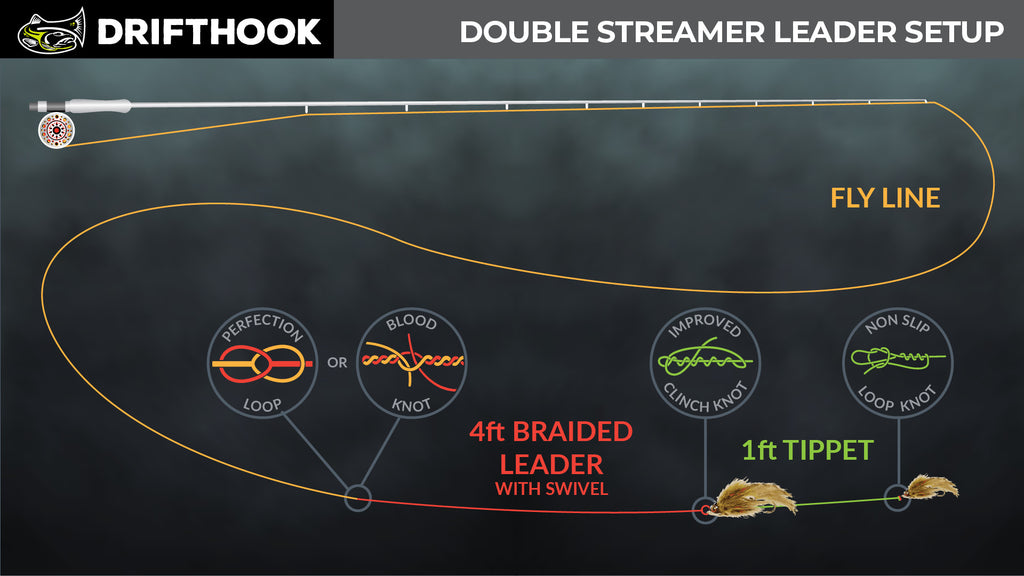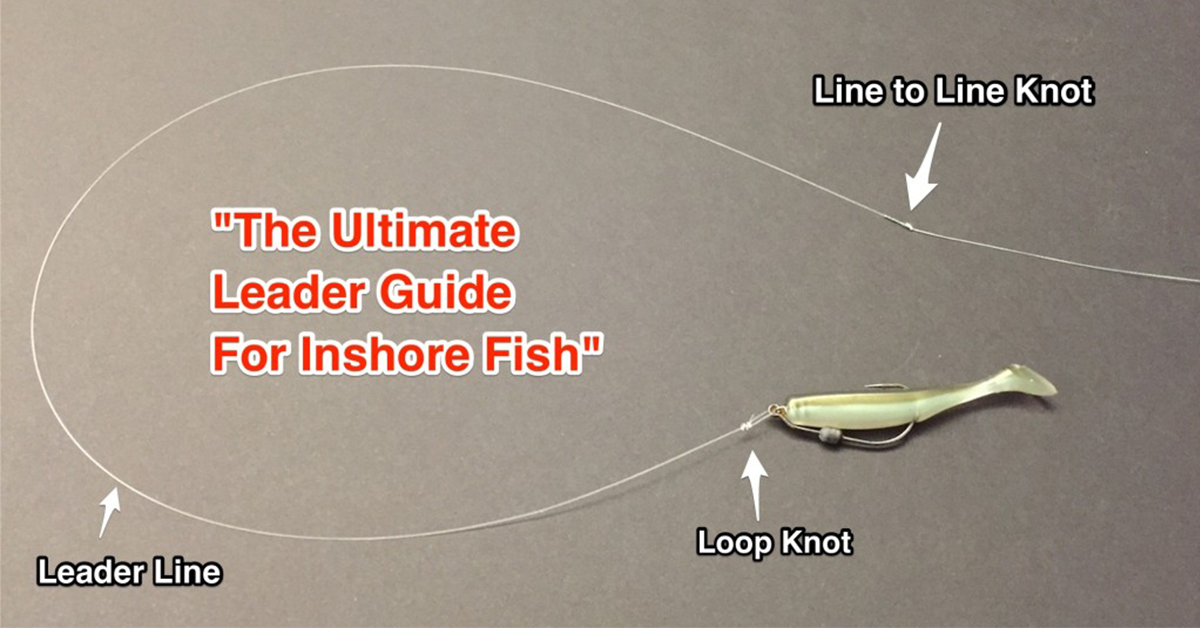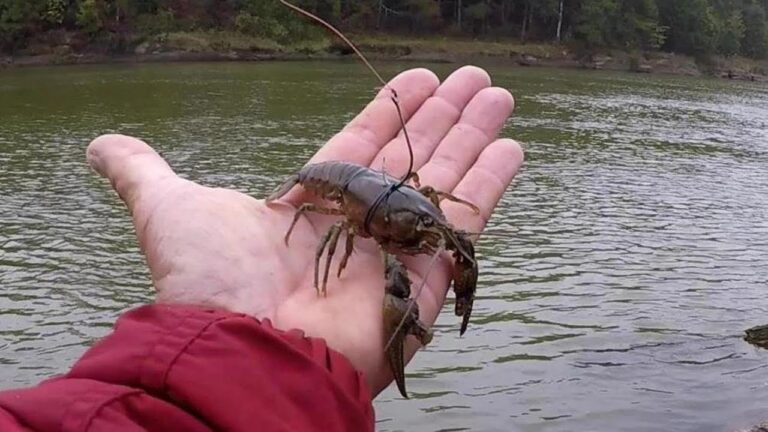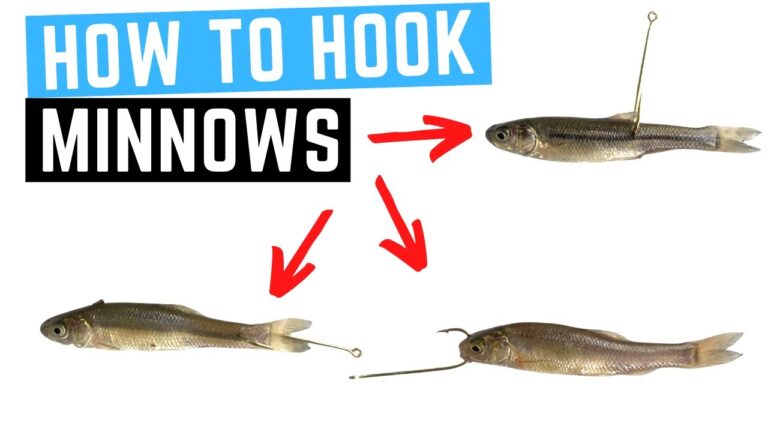How Long Should Leader Line Be
The ideal leader line length is typically 18 to 24 inches. The precise length depends on the fishing conditions and techniques used.
Selecting the correct length for a leader line is crucial when setting up for fishing. This introductory segment ties directly to the main topic, providing anglers with a guideline to optimize their gear for various situations. Leader lines serve as a critical link between the main fishing line and the lure or hook, with their length affecting both casting performance and the likelihood of fish strikes.
Seasoned anglers adjust the leader line to accommodate water clarity, target species, and the presence of structure. This decision can make the difference between a successful outing and a day of missed opportunities. Understanding the significance of the leader line is a foundational aspect of successful angling, as it influences both lure presentation and the potential to land a catch.
Weighing The Purpose Of Leader Line Length
Understanding the ideal length of a leader line primarily depends on two factors: strength and stealth. Anglers must find a balance. A longer leader can provide more stealth. This is key when fish are easily spooked. Yet, a shorter leader offers more strength. It’s better for reeling in heavy fish.
Water clarity plays a crucial role. In murky waters, a shorter leader may suffice. Visibility is low so stealth matters less. When water is clear, a longer leader helps to lure fish. It makes the line less visible. This is vital for a successful catch.
Changing conditions also affect leader length. Anglers should adjust based on currents, cover, and sunlight. Strong currents may require a shorter, stronger leader. Lots of water cover or bright light nudges towards a longer, thinner leader.
Leader Length For Different Fishing Techniques
Understanding the correct leader length is key to successful fishing, whether you’re fly fishing, spin fishing, or trolling. Let’s breakdown the essentials for each technique.
Fly fishing demands precision and technique, influencing leader length. Long leaders, typically 9-15 feet, are optimal for stealth and presenting the fly naturally. Wind and fly size can affect leader choice, with lighter flies often requiring longer leaders.
Spin fishing has different requirements. Shorter leaders work best, usually 1-3 feet, to allow for better lure action and sensitivity. Water clarity and cover can necessitate adjustments to leader length to reduce visibility or avoid snags.
For trolling, leader length is crucial for lure performance. Long leaders, often exceeding 20 feet, are common to separate the lure from the noise and disturbance of the boat. A precise length ensures the lure swims correctly, vital for attracting target species.
Species-specific Leader Length Recommendations
For trout fishing techniques, a leader line typically spans 7 to 9 feet. Anglers targeting these fish often opt for a more delicate approach, and the correct leader length is crucial to present the bait in the most natural way possible.
Bass fishing methods suggest a leader line that’s generally shorter, ranging from 4 to 6 feet. This allows for better control over the lure and helps in accurately targeting bass habitats without spooking the fish.
| Saltwater Fishing | Leader Length |
|---|---|
| Light Tackle | 6-10 feet |
| Heavy Tackle | 10-15 feet |
| Fluorocarbon Leaders | Varies with target species |
The varying conditions in saltwater environments require adapting leader lengths accordingly. An angler must assess both the target species and water clarity to choose the ideal leader length, ranging widely based on these factors.

Credit: drifthook.com
Material Matters In Leader Length
Selecting the right leader material can be key for successful fishing. Monofilament is stretchy and invisible to fish. It’s good for topwater lures.
Fluorocarbon, by contrast, is denser and sinks. This quality makes it better for subsurface lures. Both materials have distinct refraction qualities in water.
| Material | Visibility | Stretch | Best Use |
|---|---|---|---|
| Monofilament | Low | High | Topwater |
| Fluorocarbon | Very Low | Low | Subsurface |
Braided lines work well as a mainline connected to a leader. They offer no stretch and are superb for deep water.
Tying It All Together
The length of your leader line is vital. Ensuring the right length means balancing stealth with casting comfort. A rule of thumb is to keep the leader line approximately 1.5 to 2 times the length of the rod. This allows enough flexibility without sacrificing control.
On the water, be prepared to change your leader length. Sudden water clarity changes or targeting different species may require adjustments. You don’t need complex tools for this.
Simply tie strong knots to connect the leader to your mainline. The uni knot, blood knot, and double surgeon’s knot are great choices. They offer reliability and are easy to tie. With practice, adjusting your leader line becomes quick and effortless.

Credit: drifthook.com
Learning From Experience
Expert anglers often share their success stories for others to learn. They highlight the importance of the right leader line length. Variables such as water clarity and fish species greatly influence this decision. For clear water and wary fish, a longer leader might be necessary.
Through real-world examples, these seasoned pros demonstrate best practices. A table below outlines various situations and preferred leader line lengths:
| Fish Type | Water Clarity | Leader Line Length |
|---|---|---|
| Trout | Crystal Clear | 9-12 ft |
| Bass | Slightly Muddy | 4-6 ft |
| Salmon | Variable | 8-11 ft |
Understanding these patterns leads to more catches and improved angling skills.

Credit: www.saltstrong.com
Frequently Asked Questions For How Long Should Leader Line Be
What Is A Good Leader Length?
A good leader length typically varies, but 18-24 inches works well for many fishing situations, balancing stealth and casting ease.
How Long Do You Make A Leader?
The length of a fishing leader typically ranges from 18 inches to 10 feet, adjusted based on the fishing conditions and target species.
Should Leader Line Be Heavier Than Main Line?
Typically, the leader line should be heavier than the main line to prevent breakage from abrasive surfaces or sharp teeth of fish. This strategy enhances the rigidity and durability where it’s most needed.
How Long Should Your Tippet And Leader Be?
Your tippet and leader length should typically total 9 to 12 feet, with adjustments based on water clarity and fishing conditions. Shorten for murky water, and lengthen for clearer water or wary fish.
Conclusion
Selecting the right leader line length is crucial for anglers. Each situation commands its own standard. Keep variability, water conditions, and targeted species in mind. A final reminder: practice makes perfect. As you refine your technique, finding the ideal length becomes second nature.
Tight lines and happy fishing!


